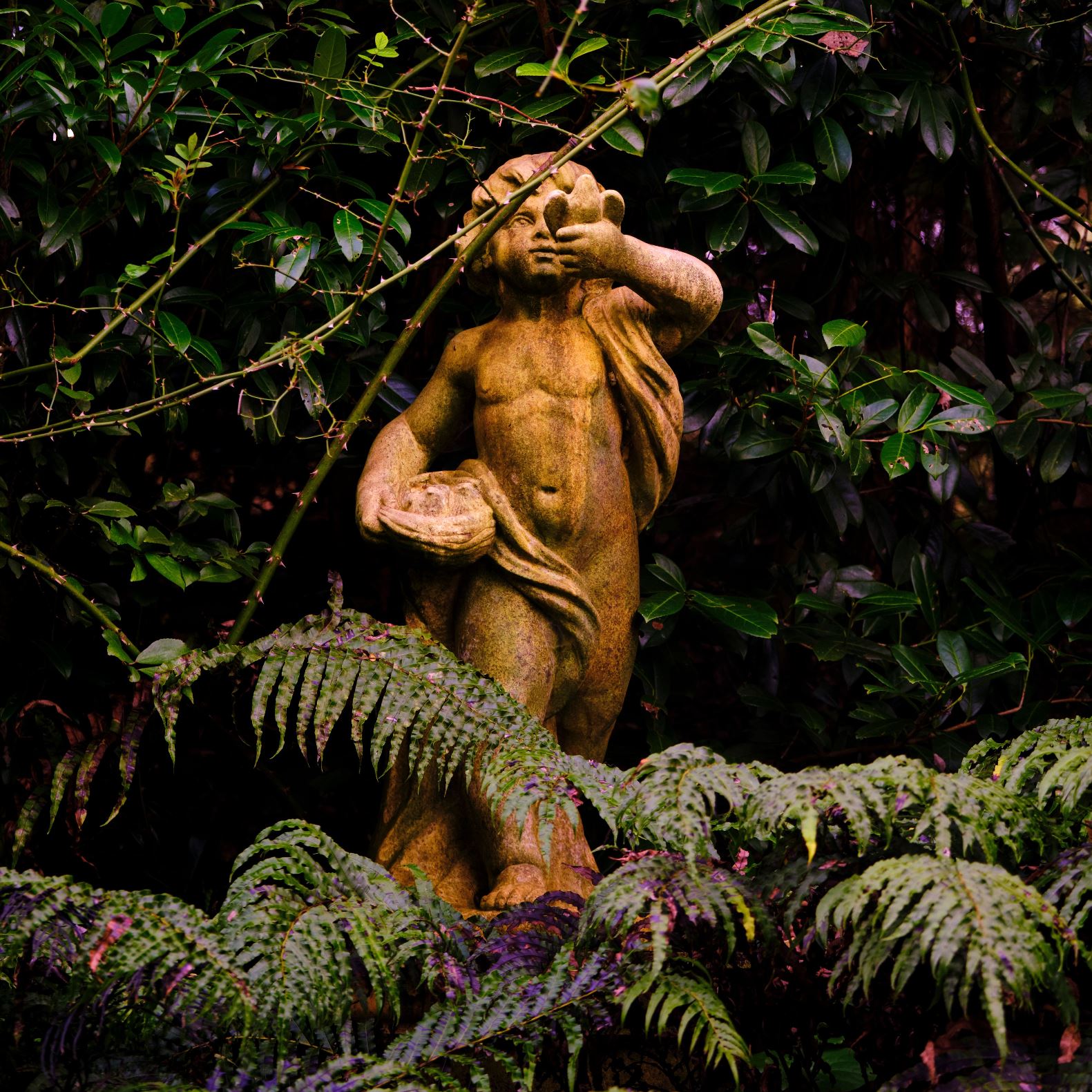Secure sculpture mounting is a task that combines conservation best practices, engineering considerations, and security strategies for the sake of keeping your art safe. Indoor sculpture mounting should focus on vibration resistance and solid supports, while outdoor installations benefit from anti-theft and anti-vandalism measures, as well as weather resilience remedies. Here is a professional glimpse into sculpture mounting in line with top-tier safety standards.
Principles of Secure Sculpture Mounting
Here are some engineering and environmental considerations that will ensure a secure mounting process for your artwork.
Proper Site Selection
The initial stage of secure mounting is the choice of the installation site. Choose a level surface with proper grading to prevent water accumulation or tipping. Always correlate the sculpture’s weight and size with the installation site and capacity.
Base and Support Design
Experts point to the need to provide full support at the sculpture’s center of gravity. This measure will help distribute weight evenly and prevent excessive stress in weak points. You may use custom-made and general mounts, such as pedestals, plinths, and brackets, for these purposes. They come with minimal risks of artwork forcing and distortion and provide a stable base.
Fastening Methods and Materials
The choice of fastening materials and methods also makes a difference when you’re installing a sculpture. Professionals recommend using inert, compatible materials, as they come with minimal risks of reaction to the sculpture’s delicate surfaces. It’s also preferable to avoid adhesives, nails, and screws during sculpture setup, as they can damage the object. The best solutions include magnetic mounts and reversible mechanical fasteners.
Protection from External Factors
Sculptures should always be safeguarded from slippage, vibration, and jarring from air currents. Outdoor installations should be protected against water exposure with good drainage. Weather extremes are also an important consideration during installation; it’s vital to use seismic anchoring and protective wraps to secure the artwork.
Security Measures
Security is vital for outdoor sculpture installations. You may employ welded security rings, inset nuts, or chains connected to ground anchors to prevent theft. Additional security monitoring can be set up using CCTV and motion-sensing lights, with warning signs cautioning vandals and thieves against trespass.
Using these principles is your contribution to secure sculpture mounting both indoors and outdoors. They are developed with a focus on reversibility, minimal intervention, and risk prevention. If your sculpture installation project comes with added complexity, we recommend hiring professional installers and conservators to develop a custom installation strategy matching your goals.
